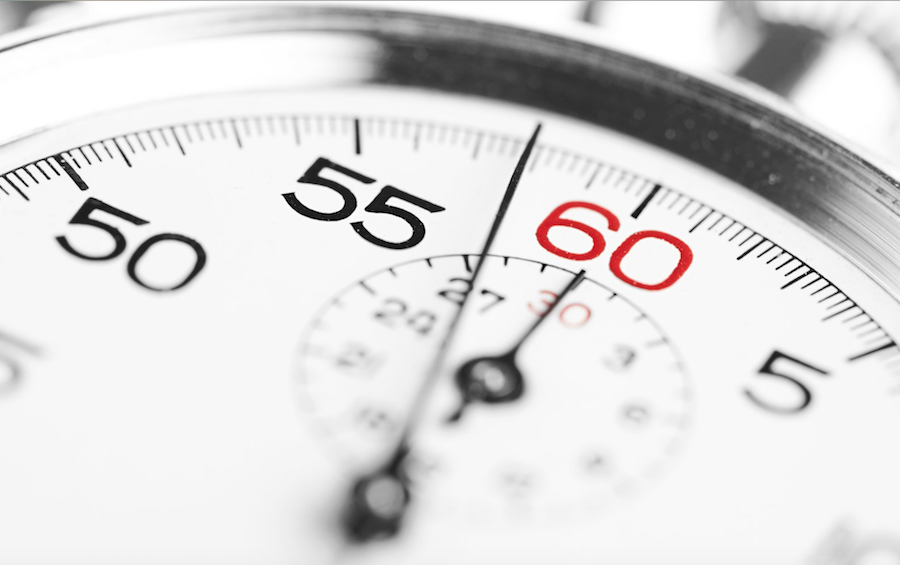
Do you feel the need for speed? Whether you compete in one or more of the various sports that require you to run fast (football, soccer, track, etc.) or you simply want to improve your time around the Vancouver seawall this spring/summer, increasing running speed is one of the toughest goals to accomplish. It’s easy to plateau and even digress without dedicated attention to your body, function, and form, which is why athletes and runners from all over the Lower Mainland seek assistance from our Burnaby clinic. Let’s find out how regular work with a physiotherapist can help make you faster.
4 Ways Working with a Physiotherapist Can Help Make You Faster for Your Sport
1. Physiotherapy Will Improve Your Running Gait
The expression, “We must learn to walk before we can run” is an absolute truism. The issue, is that so many athletes take the act of walking for granted, not realizing that the manner of which they do so may not only be the cause of physical pain, but the one thing holding them back from being faster human beings.
A physiotherapy clinic offering Gait (manner of walking) analysis should be the very first place you visit before you even think about stepping into a new pair of sneakers, cleats, of other form of athletic footwear. This is because a Gait analysis may uncover that you need to correct your manner of walking and running via custom orthotics, which are custom designed inserts that will provide shock absorption, extra cushioning, support, and reduced pressure in the foot delivering not only greater comfort, but resulting (even if indirectly) in increased speed while running, sprinting, and pivoting. View more on how physiotherapy help runners, speed included.
2. The Balance = Speed Equation
Balance is a requisite skill for fast movement on the court, track, or field and recent research shows that improved balance is directly related to greater running speed.
A physiotherapist can prescribe a core exercise regime that includes static (stationary body) and dynamic (body in movement) work that will focus on hip and leg muscle control in addition to enhanced awareness of joint positioning. In addition, physiotherapy can address any issues with your vestibular system, which is crucial in controlling balance. View more on how a physical therapist can help you improve balance, and ultimately speed.
3. The Connective Tissue Connection
In the intro we mentioned how running speed plateaus and may even digress fairly quickly without proper attention. This is often the result of connective tissue neglect. Connective tissue is defined as such:
“A group of tissues in the body that maintain the form of the body and its organs and provide cohesion and internal support. The connective tissues include several types of fibrous tissue that vary only in their density and cellularity, as well as the more specialized and recognizable variants—bone, ligaments, tendons, cartilage, and adipose (fat) tissue.” (Britannica)
While connective tissues adapt and strengthen (assuming proper form and nutrition) as you perform your sport on an ongoing basis, they do so at a significantly slower rate than muscle. So while the primary muscles you need for speed grow, your connective tissues do not keep up, and therefore not only halt progress, their disproportionate relationship to muscle growth can contribute to injury. Once you develop a history of injuries your ability to become a faster athlete is all but hit by a brick wall.
No matter how much training you do, your connective tissues will never get “jacked”, but you can see a physiotherapist for connective tissue manipulation (CTM) which stretches connective tissue and restores mobility at the dermis/hypodermis and dermis/fascia interfaces. A physiotherapist can also provide other forms of soft tissue treatment, including Swedish massage, myofascial release, and sport-centric massage.
There may or may not be a direct relationship between connective tissue care and speed, but there’s no denying that by paying more attention to soft tissue that connects, supports, and surrounds structures and organs that are imperative to becoming faster, you will certainly take a quick step in the right direction.
4. Quick Breaths
Sprinters, wide-receivers, or any other athlete that must exert a great burst of energy over a short distance at their maximum speed can directly benefit from a change (as applicable) in their breathing technique. The right breathing method can optimize the body’s oxygen levels and assist in relieving muscle tension that detracts from the ability to run faster and sustain speed while needed.
Most amateur athletes naturally breathe from their chest (apical breathing) but this method of breathing reduces oxygen intake and can hamper a bout of quick body movement in a matter of seconds. Instead, you must learn how to breathe from your abdomen because the blood found in the lowest part of your lungs is the most oxygen rich and will better sustain the bursts of energy required to sustain speed. A physical therapy clinic can assist in the switch from apical breathing to the preferred diaphragmatic breathing technique via massage therapy complemented by sessions that allow you to practice breathing from the abdomen.
Now that you’re armed with the right information, your next move towards becoming a faster athlete is to contact Absolute PhysioCare before another minute passes.
